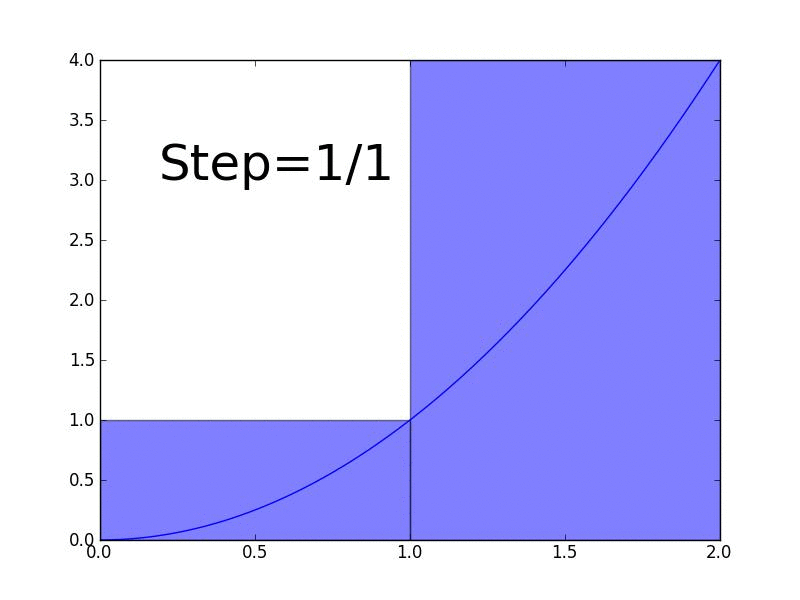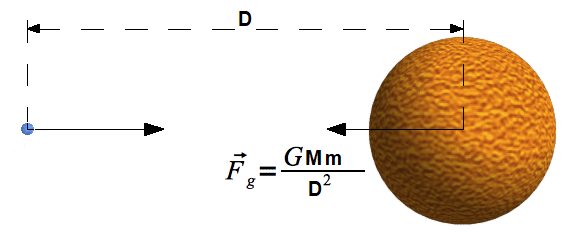In this lesson, we define an integral as the Riemann sum as the number of rectangles approaches infinity.
Finding the integral of \(kx^m\)
Calculating the Arc Length of a Curve
Gravitational Force Exerted by a Rod
Gravitational Force Exerted by a Disk
Gravitational Force Exerted by a Sphere
To find the gravitational force exerted by a sphere on a particle of mass \(M\) outside of that sphere, we must first subdivide that sphere into many very skinny shells and find the gravitational force exerted by anyone of those shells on \(m\). We'll see, however, that finding the gravitational force exerted by such a shell is in of itself a somewhat tedious exercise. In the end, we'll see that the gravitational force exerted by a sphere of mass \(M\) on a particle of mass \(m\) outside of the sphere (where \(D\) is the center-to-center separation distance between the sphere and particle) is completely identical to the gravitational force exerted by a particle of mass \(M\) on the mass \(m\) such that \(D\) is their separation distance.
Introduction to Double Integrals
In previous lessons, we learned that by taking the integral of some function \(f(x)\) we can find the area underneath that curve by summing the areas of infinitely many, infinitesimally skinny rectangles. In this lesson, we'll use the concept of a double integral to find the volume underneath any smooth and continuous surface \(f(x,y)\) by summing the volumes of infinitely many, infinitesimally skinny columns.
Introduction to Line Integrals
Solving Problems using Line Integrals
In the previous lesson, we defined the concept of a line integral and derived a formula for calculating them. We learned that line integrals give the volume between a surface \(f(x,y)\) and a curve \(C\). In this lesson, we'll learn about some of the applications of line integral for finding the volumes of solids and calculating work. In particular, we'll use the concept of line integrals to calculate the volume of a cylinder, the work done by a proton on another proton moving in the presence of its electric field, and the work done by gravity on a swinging pendulum.
Proof of Green's Theorem
For a vector field \(\vec{F}(x,y)\) defined at each point \((x,y)\) within the region \(R\) and along the continuous, smooth, closed, piece-wise curve \(c\) such that \(R\) is the region enclosed by \(c\), we shall derive a formula (known as Green’s Theorem) which will allow us to calculate the line integral of \(\vec{F}(x,y)\) over the curve \(c\).










